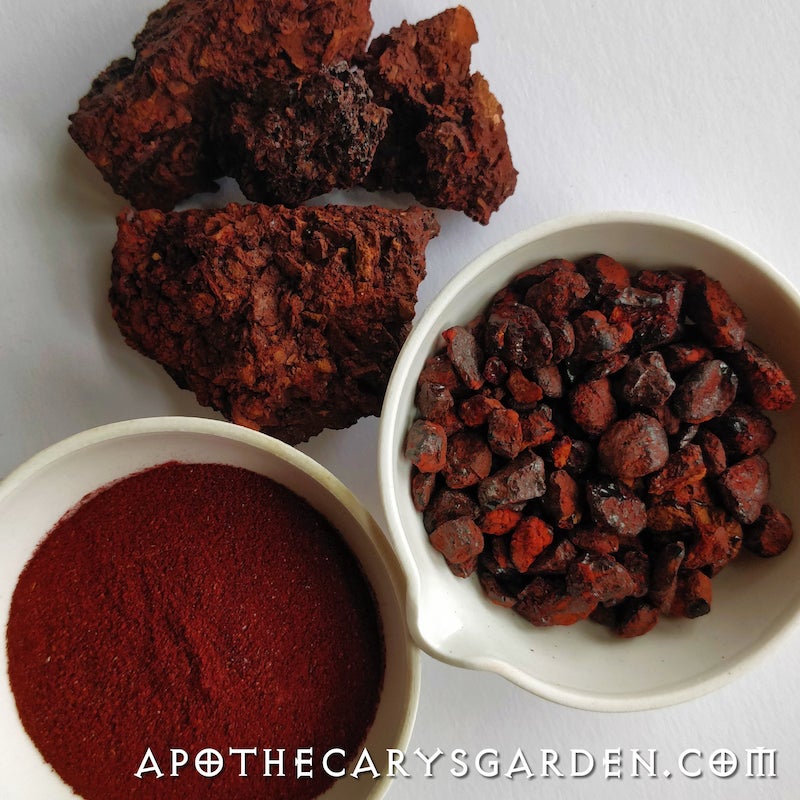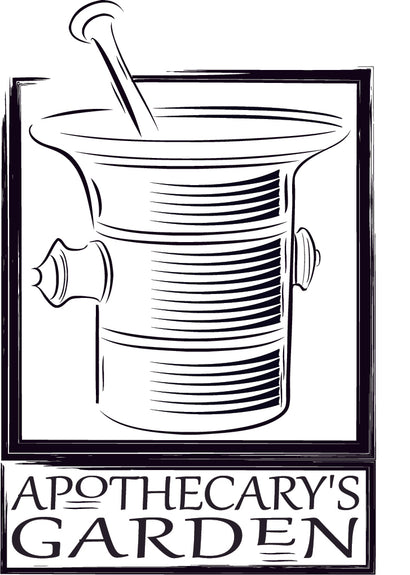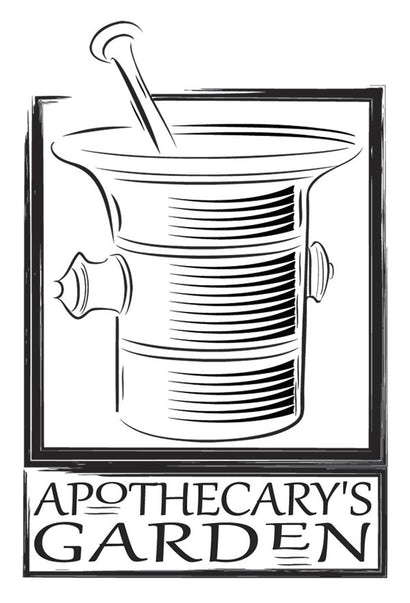

Dragons Blood Powder
This listing is for the fresh ground powder of the premium, pure tears and chips of Socotra Dragons Blood resin harvested from the Dracaena Cinnabari tree.
This is truly premium material and of a quality that is often difficult to source.
There are approximately 20 different trees around the world that supply a red resin called Dragons Blood. Some grow in Asia and others South America, but, it is thought that the Dragons Blood from the Dracaena cinnabari tree on the island of Socotra is the original resin traded for thousands of years to the West along with Frankincense and Myrrh through the "Incense Route". For this reason, it is considered to be the material referred to in ancient Greek and Medieval texts, formularies and Pharmacopoeias through the ages. This has lent this resin the nickname "Medieval" Dragons Blood.
The chemical composition of the different Dragons Blood resins vary as do their traditional therapeutic applications in local folk medicine. The Dragons Blood of D. Cinnabari from Socotra is used in traditional medicine.
Traditional applications in the West for Dracaena Cinnabari resin include its use as a pigment and dye and as a durable lacquer used specifically to lend a deep red finish to violins
Perhaps the most familiar use for Socotra Dragons Blood nowadays is as the main ingredient of a deep and permanent blood-red ink and as a potent incense material for ritual and ceremony.
At first inhalation, the fresh resin of D, cinnabari has no scent of its own. This is due to its high proportion of resin and lack of essential oil.
However, once s small piece is laid on the hot coal as incense, the presence and personality of D. Cinnabari expand to fill the room.
Its scent is deep. Rich. Sensuous. A dark deep Amber with a smooth warm nuttiness that is both calming and stimulating. It delivers hints of Red Sea breezes and perfumed summer nights. Only a little bit of this resin is needed to transform a space.
This is the highest grade of Socrata Dragons blood and composed of the individual tears that form when the tree is wounded. The Dragons Blood tree is harvested differently than Frankincense trees who's bark is stripped in small sections where the resin can"run" before it solidifies. Only small shallow singular gouges through the bark of D. Cinnabari yield resin and this is seen in the generally small size and shape of these resin tears. This is called "Resin" grade.
One hopes that with the lighter tapping method the D. Cinnabari trees are less stressed than other commercial resin-bearing trees.
I have no provenance on this resin. I can't say with certainty it is fairly traded and harvested sustainably. It is however of particularly high quality and I hope to visit the island of Socrata in person next year and get acquainted with the local merchants and methods of harvest.
Please note, this material dissolves in alcohol and doesn't yield much colour to oils.
Dan
Materials: Dracaena Cinnabari, Socotra Dragons Blood, Medieval Dragons Blood, Pure Dragonsblood Resin.



